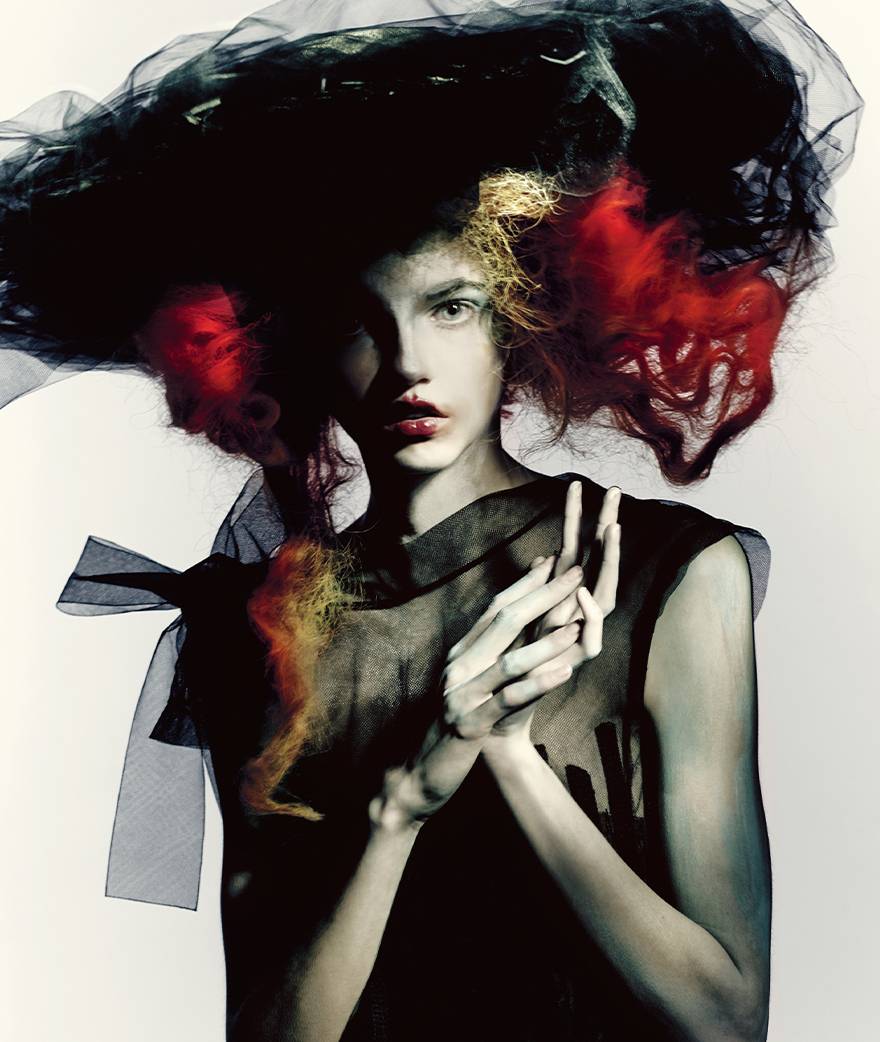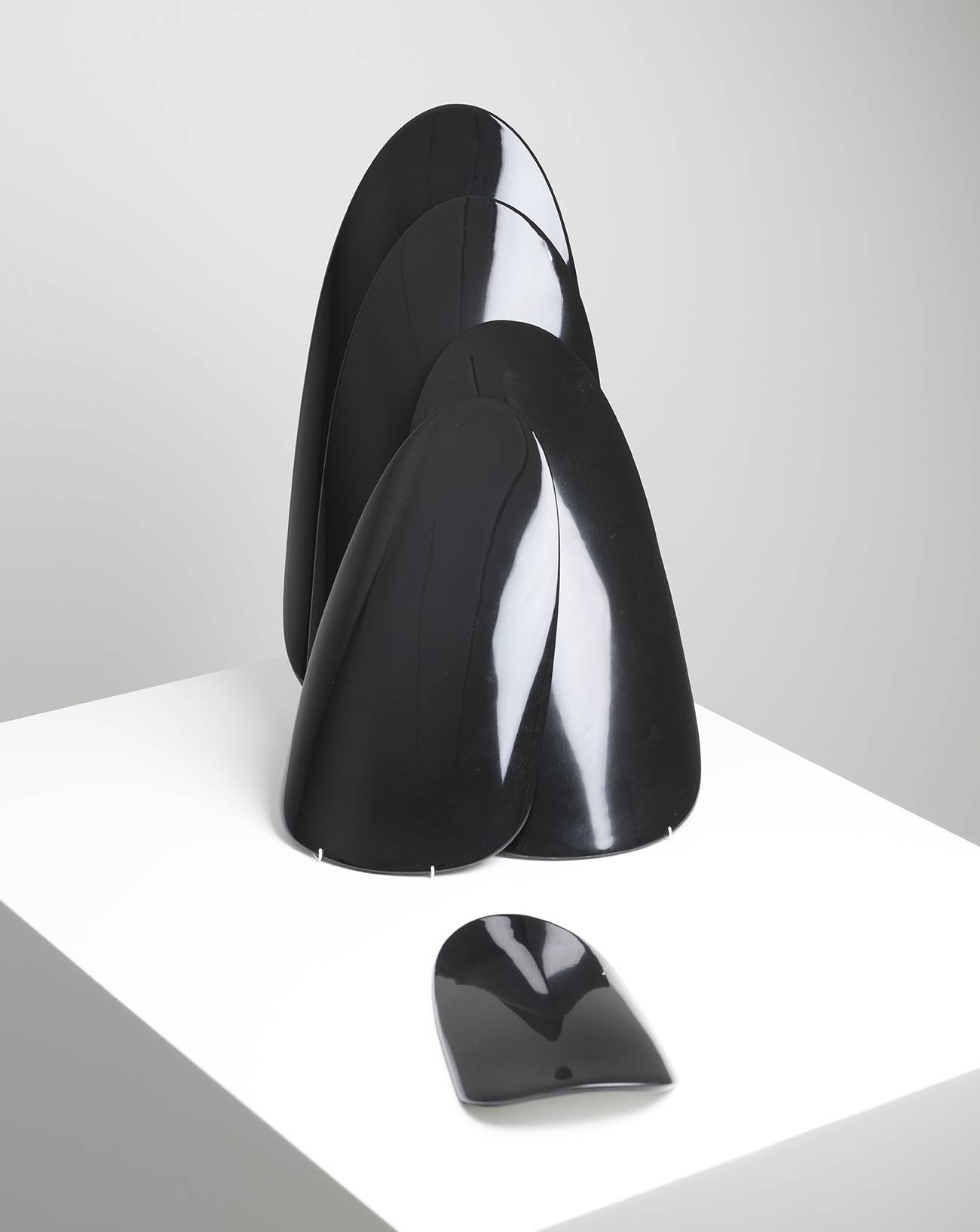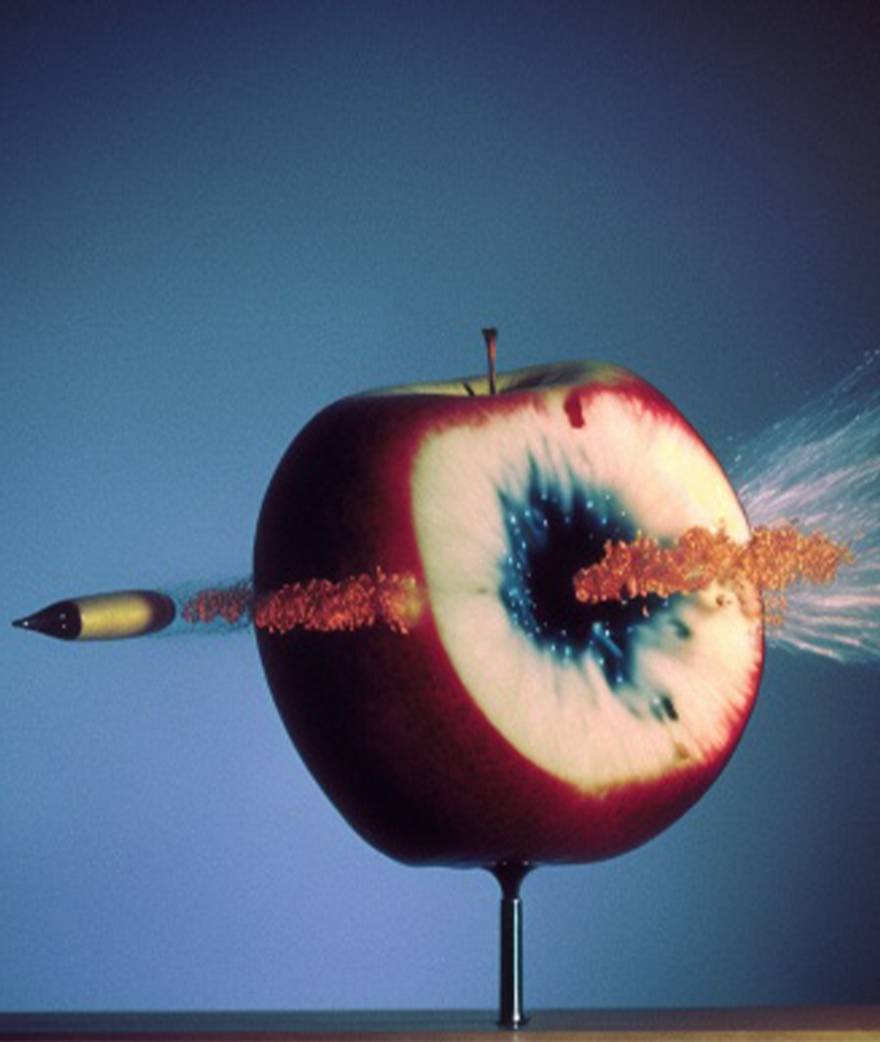

“This set design is the exact same creative and colorful universe in which I live!”, Paul Smith declared, enthusing about his exhibition at the Musée Picasso in Paris. Imagined by the designer, “Picasso Celebration” dusts off the museum’s permanent collections thanks to lots of colors and the electric energy dear to the 76-year-old Brit. On the fiftieth anniversary of Pablo Picasso’s death (1881-1973), many institutions on both sides of the Atlantic are paying tribute to one of the most exhibited artists in the world with an exceptional programme. And who would be better than Paul Smith to conceive an original set design? Known and praised for his stripes and use of color, the designer who launched his label in 1970 is a free spirit in the fashion world. Each season, he goes merrily along and dabbles in everything that catches his attention, from fashion to design, cycling, cars... and curating exhibitions.
On the three floors of the museum, Paul Smith has invested several rooms with his bright colors, taking the visitors into a blue universe, in response to the paintings from Pablo Picasso’s melancholic period, and into a red and pink one echoing Les Demoiselles d’Avignon... or into a jazzy atmosphere, with Thelonious Monk’s music being played in the room dedicated to the 1950s. The exhibition brings together dozens of masterpieces, thus highlighting the richness of the museum’s collections through Paul Smith’s “crazy” and “eccentric” lens, to use his own words. For Numéro, he looks back at four artworks from this rich selection that have made an impression on him.


When a bicycle saddle becomes a sculpture
“I was a professional cyclist from the age of 12 to 18. It’s been a while since I’ve cycled, but I’m still passionate about the sport and the events related to it. So, my decision to tell you about this sculpture made from a bicycle saddle was obvious! It links Pablo Picasso with me. There is another link too – here, I’m sitting in my studio, a large room filled with strange items that I kept because they are beautiful, small, soft, big, hard... because, like Picasso, I can create by drawing my inspiration from objects that I reuse or that I collect. Actually, I think that the similarities in our creative processes are one of the reasons why the museum chose me for this exhibition.”


One of Pablo Picasso’s inspirations: theatre permeates the exhibition
“The color mix in this painting deeply moves me. I would almost call it optimistic. Pablo Picasso had already portrayed himself in a Harlequin costume twenty years earlier [in 1905], and here, in Paul en Arlequin, he painted the portrait of his son – who was also named Paul! – in the same garishly colored costume. I first chose that painting because it echoed his family history, but above all because it referred to theatre and Picasso’s theatrical approach in his work. From the start, I intended to design a theatrical setting. So, I placed Paul en Arlequin [1924] on a wall at the end of a corridor and covered the whole picture rail with the same yellow and blue diamond harlequin pattern. That way, the portrait can be seen from the two previous rooms, from where it appears as a revelation... as a real coup de théâtre!”


Creating from scratch
“Pablo Picasso had been painting still lifes of animal carcasses for a long time, and suddenly in the 1950s, he developed a keen interest in animals and made this fantastic sculpture of a goat. If you look at the original plaster, the bust is made from an old basket, the spine from a palm leaf, and the legs from bottles. Then, he cast the whole thing in bronze. I can totally identify with that process of assemblage and that way of looking at everyday objects and transforming them into something beautiful and unexpected. Above all, this sculpture bears witness to Picasso’s ability to reinvent himself throughout his career, from his dark and melancholic blue period to his luminous pink period, right up to cubism... a permanent desire for reinvention to which I can relate. I’ve been a fashion designer for a long time now, and I think my longevity in the industry can be compared to Picasso’s presence in the art world: we both are interested in everything and all art forms. I feel a connection between our creative process and career. And this exhibition is the proof.”
![[On the right side of the picture] Pablo Picasso, "L’artiste devant sa toile", 1938 (charcoal on canvas) at the exhibition "Célébration Picasso, la collection prend des couleurs" © Musée national Picasso-Paris, Voyez-Vous (Vinciane Lebrun) / Succession Picasso 2023](https://numero.twic.pics/2023-03/autoportrait-devant-sa-toile-paul-smith-exposition-musee-pablo-picasso-paris-numero-magazine.jpg?twic=v1/quality=83/truecolor=true/output=jpeg)
![[On the right side of the picture] Pablo Picasso, "L’artiste devant sa toile", 1938 (charcoal on canvas) at the exhibition "Célébration Picasso, la collection prend des couleurs" © Musée national Picasso-Paris, Voyez-Vous (Vinciane Lebrun) / Succession Picasso 2023](image:https://www.numero.com/sites/default/files/2023-03/autoportrait-devant-sa-toile-paul-smith-exposition-musee-pablo-picasso-paris-numero-magazine.jpg)
The sailor striped top and the sketches: an intimate Picasso
“In this very abstract drawing, Pablo Picasso depicted himself wearing his iconic sailor striped top. When I started thinking about the exhibition, I didn’t know much about his personal life, but the first image that came to my mind was that photograph of him wearing that sailor top taken by Robert Doisneau [in 1952]. Alongside this self-portrait and the photos of him, I immediately thought about hanging multiples striped T-shirts from the ceiling! Paper works like this one are often seen as a preliminary work before the painting stage – they indicate a more personal, intimate side. If you look in my pocket, you will find a pencil and a notebook. I always keep them with me, because I love this idea of being able to sketch anywhere, anytime, and to experiment with shapes and patterns on paper... The rough draft aspect of this drawing brings it closer to my practice. I really like that.”
Exhibition “Picasso Celebration, the collection in a new light” by Paul Smith, from March 7th to August 27th at the Musée Picasso, 5 rue de Thorigny, Paris, 3rd arrondissement.









